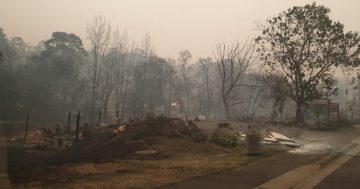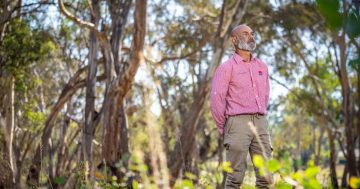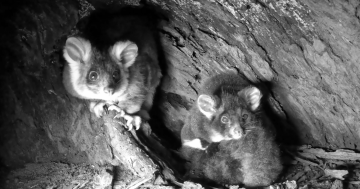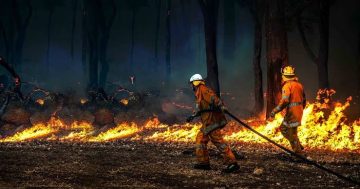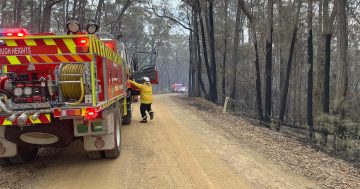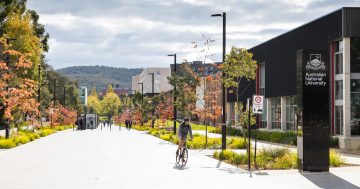
European Space Agency astronaut Luca Parmitano captured this image of immense ash clouds over Australia on 13 January. Photo: astro_luca/Twitter.
Scientists from the ANU Institute for Space have been awarded $1 million to build a satellite to measure forest fuel load and vegetation moisture levels across Australia to help mitigate the threat from bushfires.
The satellite – the size of a shoebox – will be able to predict where bushfires are likely to start and which fires will be difficult to contain.
The optical system will detect changes on the ground through infrared detectors on-board the satellite and can be specifically tuned to detect changes in plants and trees, such as highly flammable eucalypts.
Remote-sensing expert Dr Marta Yebra, who advised the NSW Rural Fire Service throughout this fire season and regularly consults with emergency agencies across Australia, says the innovative technology will have positive impacts across a range of sectors.
“This infrared technology and data will help to target-controlled burns that can reduce the frequency and severity of bushfires, as well as their long-term impacts on Australia’s people, economy and environment,” she said.
The technology will be able to provide high-resolution images and fuel data to firefighters on the ground.
The first satellite – which will be a part of a larger collection in the future – will focus on long-term monitoring while real-time technology will be developed in the next five years.
“We will gradually build up our capacity to monitor these bushfire risks in Australia,” Dr Yebra said.
The impact of the Australian bushfires this season were captured by NASA, the European Space Agency, and US National Oceanic and Atmospheric Administration satellites which identified waves of smoke from Australia’s bushfires travelling around the world.

Dr Marta Yebra says Australia is gradually building up our capacity to monitor bushfire risks. Photo: Lannon Harley, ANU.
The bushfire-sensing satellite will be designed, developed and built at the ANU Mount Stromlo campus.
The announcement comes after the ACT Government announced it was trailing six new fire and smoke detection cameras that can identify threats behind hills and in forests under a $1 million package to better prepare the Territory ahead of the next fire season.
Original Article published by Dominic Giannini on The RiotACT.









